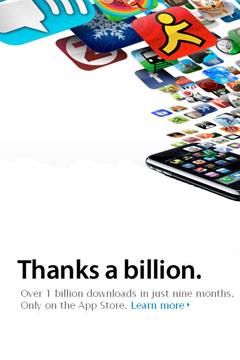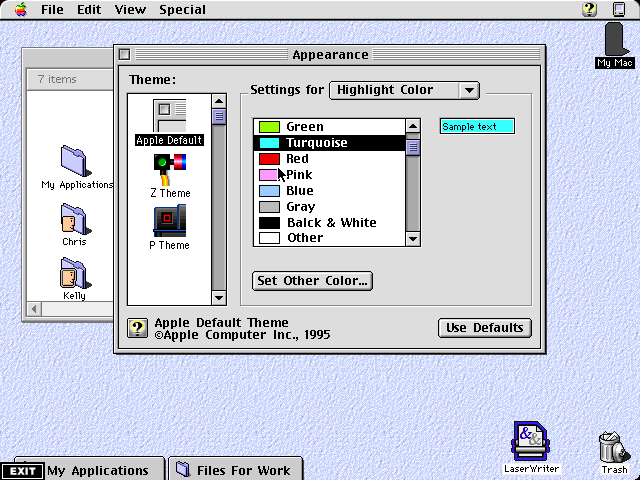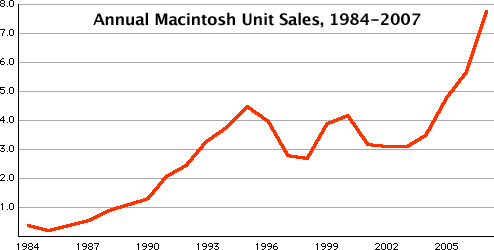
The Macintosh sales history is a fascinating tale of ambition and innovation that dates back to the product’s launch on January 24, 1984.Created against a backdrop of previous failures, such as the Apple III and Lisa, the launch was spearheaded by Steve Jobs, who envisioned a user-friendly computer for the masses.
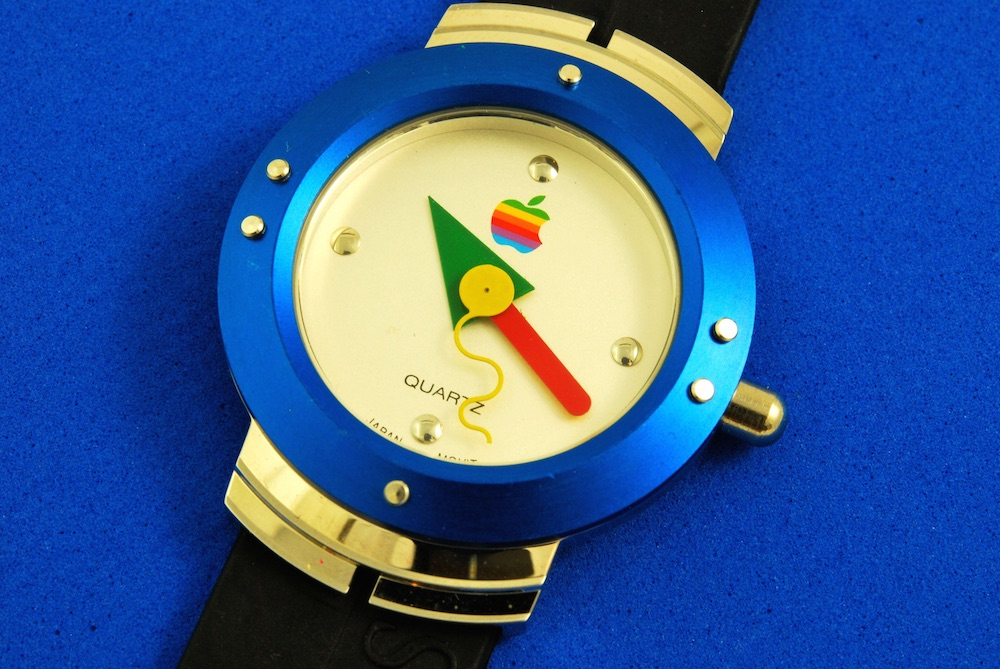
On May 2, 1995, Apple made its foray into the wearables market by introducing the 1995 Apple watch, marking a significant yet humble beginning for the tech giant.Though it was merely a stylish timepiece devoid of advanced features such as fitness tracking or notifications, this device would eventually pave the way for the sophisticated Apple wearables we know today.

The Psystar Open Computer marked a significant moment in the history of Mac clones when it launched in April 2008, providing an affordable alternative to Apple’s proprietary systems.For the first time in over a decade, users could run Mac OS X on a non-Apple machine without having to engage in the complex DIY process of building a ‘hackintosh.’ However, this innovation quickly led to a contentious legal battle, as Apple reacted to Psystar’s incursions on its market.
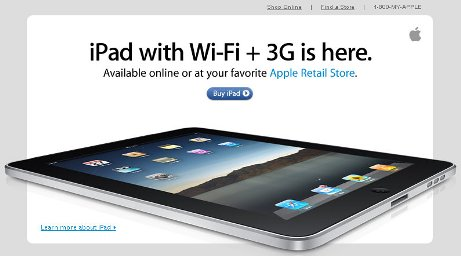
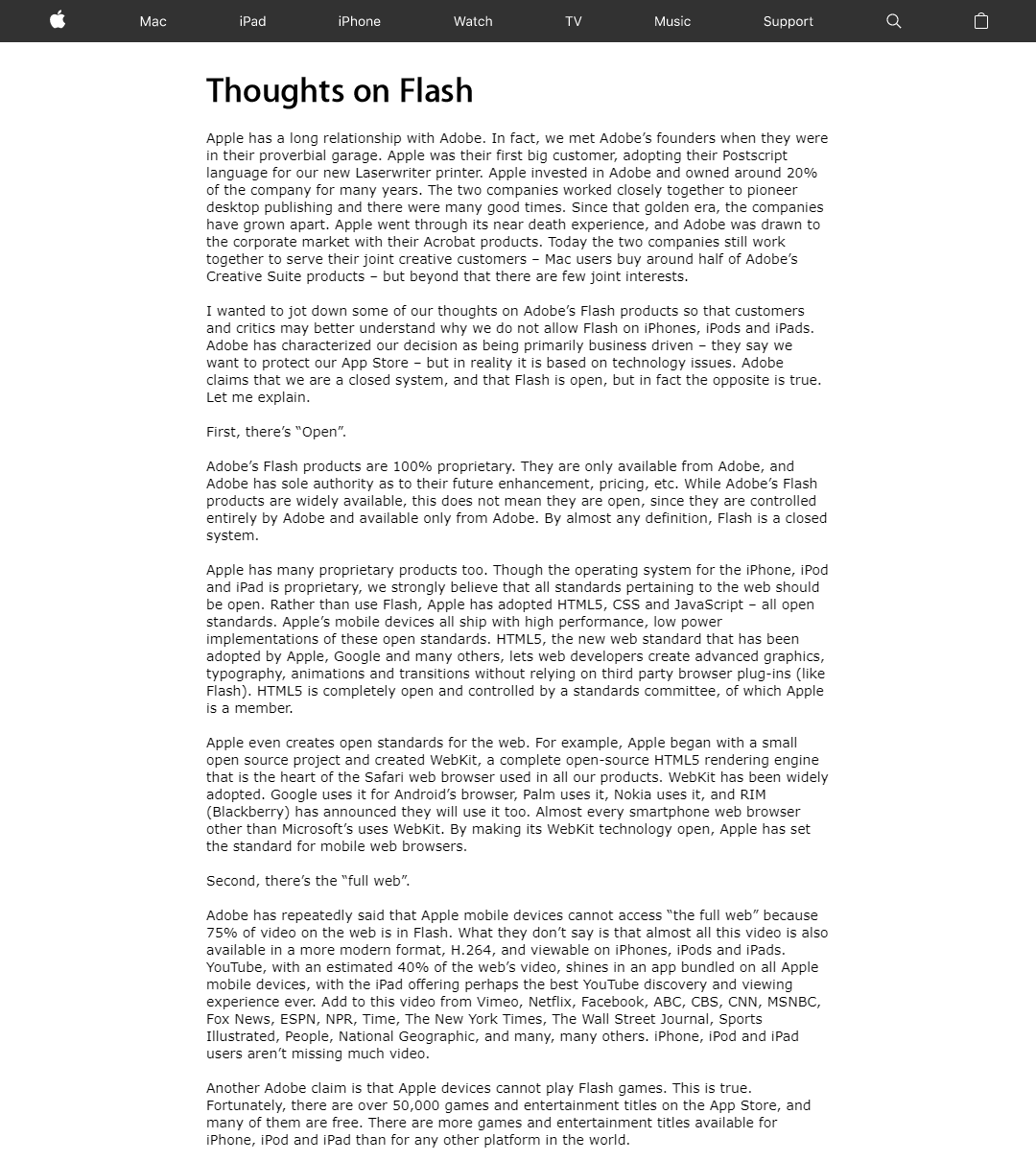
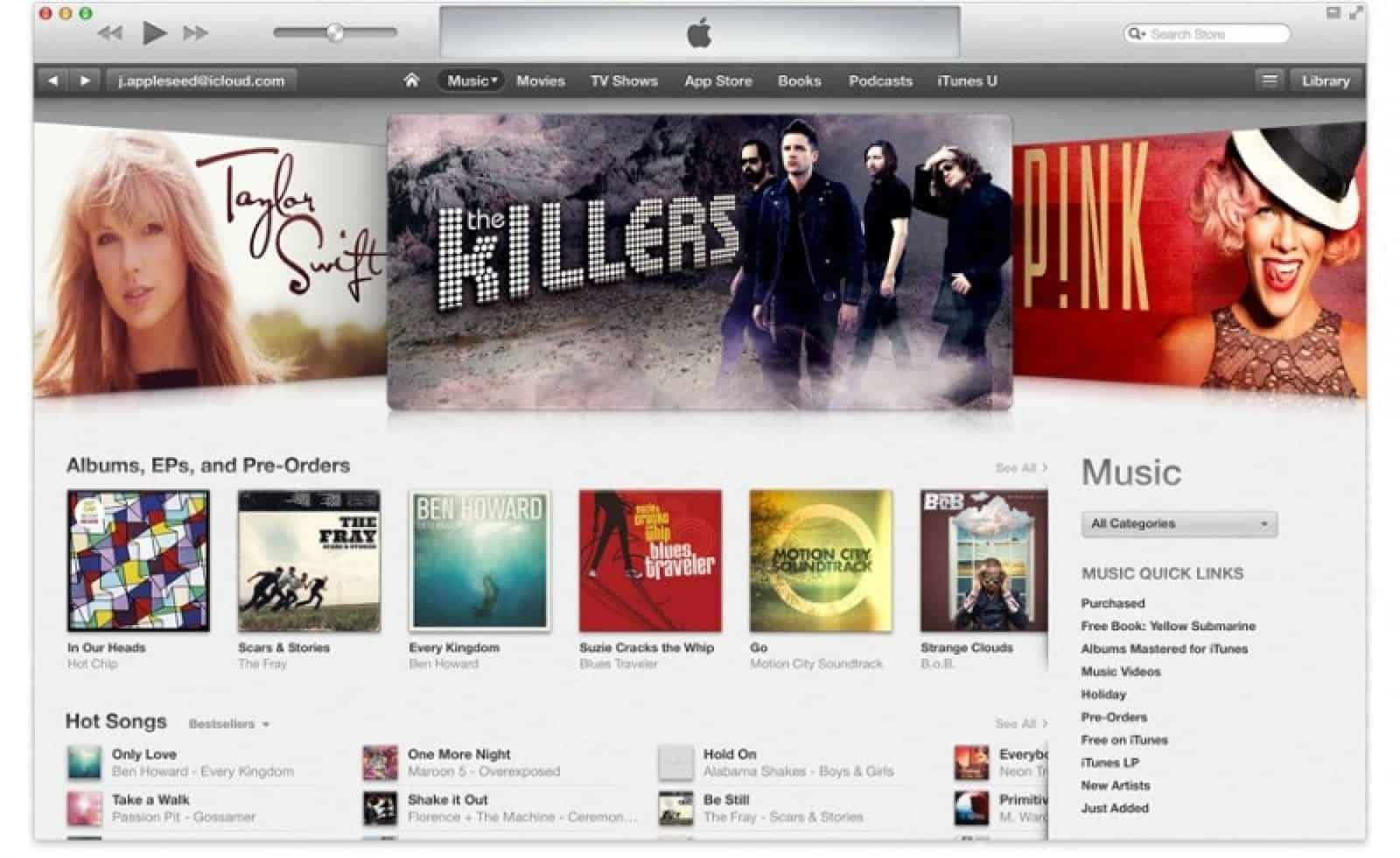
The iTunes Music Store, launched on April 28, 2003, marked a pivotal moment in the digital music revolution, fundamentally transforming how we access and purchase music.Before its introduction, many consumers resorted to illegal downloads from services like Napster, but iTunes quickly demonstrated a viable alternative where users were willing to pay for high-quality tracks.
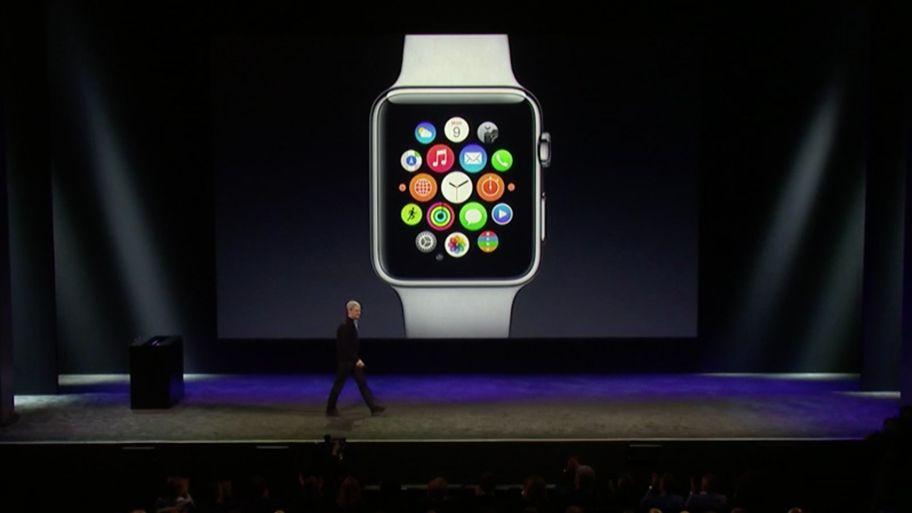
The Apple Watch launch on April 24, 2015, marked a historic moment for technology enthusiasts and casual users alike, as consumers eagerly awaited the chance to sport one of Apple’s most personal devices.For many, it was a culmination of excitement fueled by the promise of revolutionary features that would bridge the gap between traditional timepieces and advanced wearable technology.
